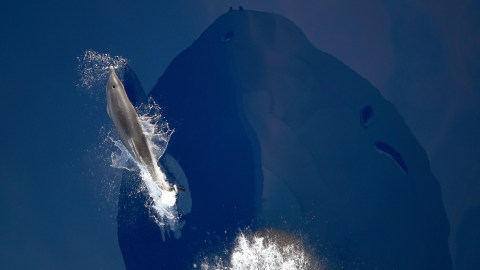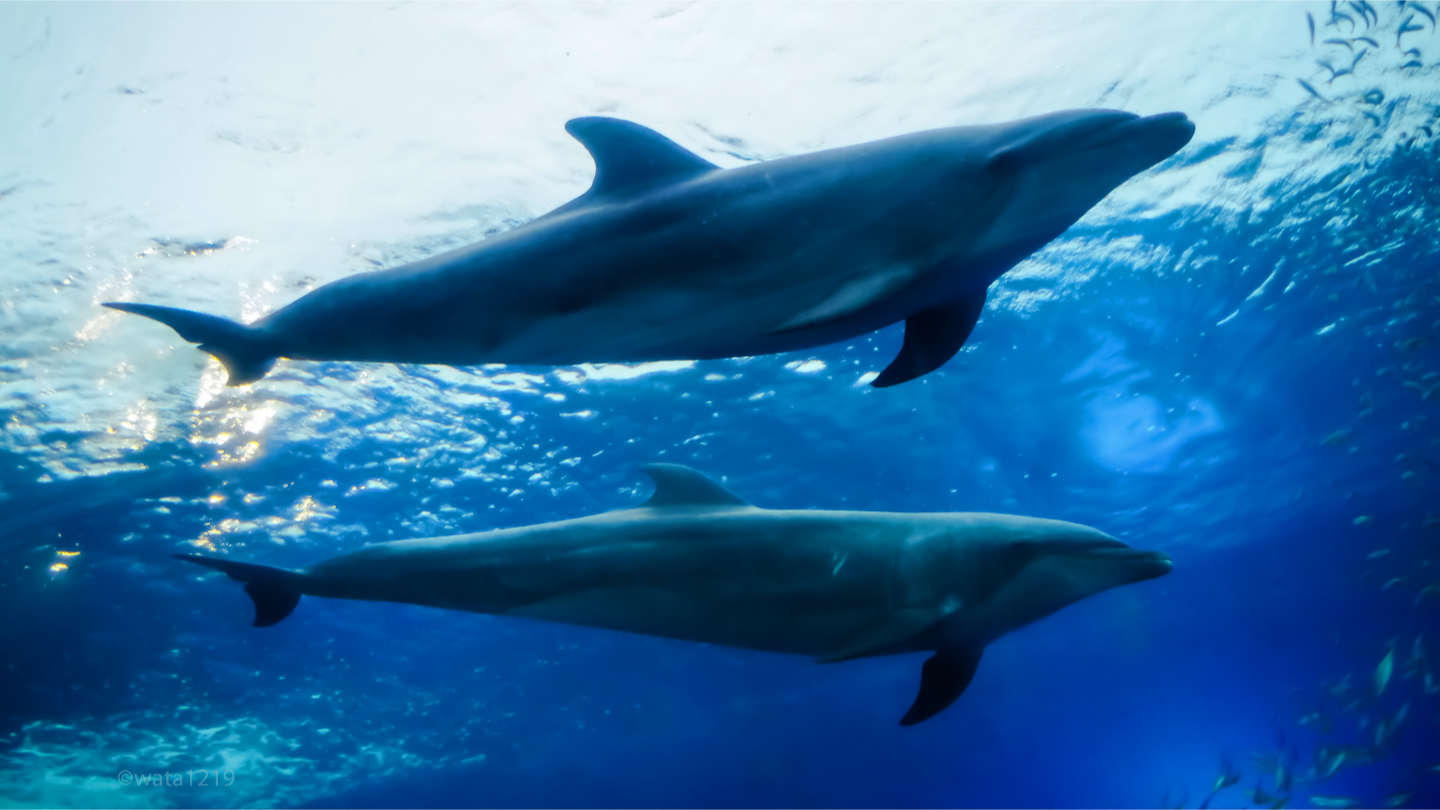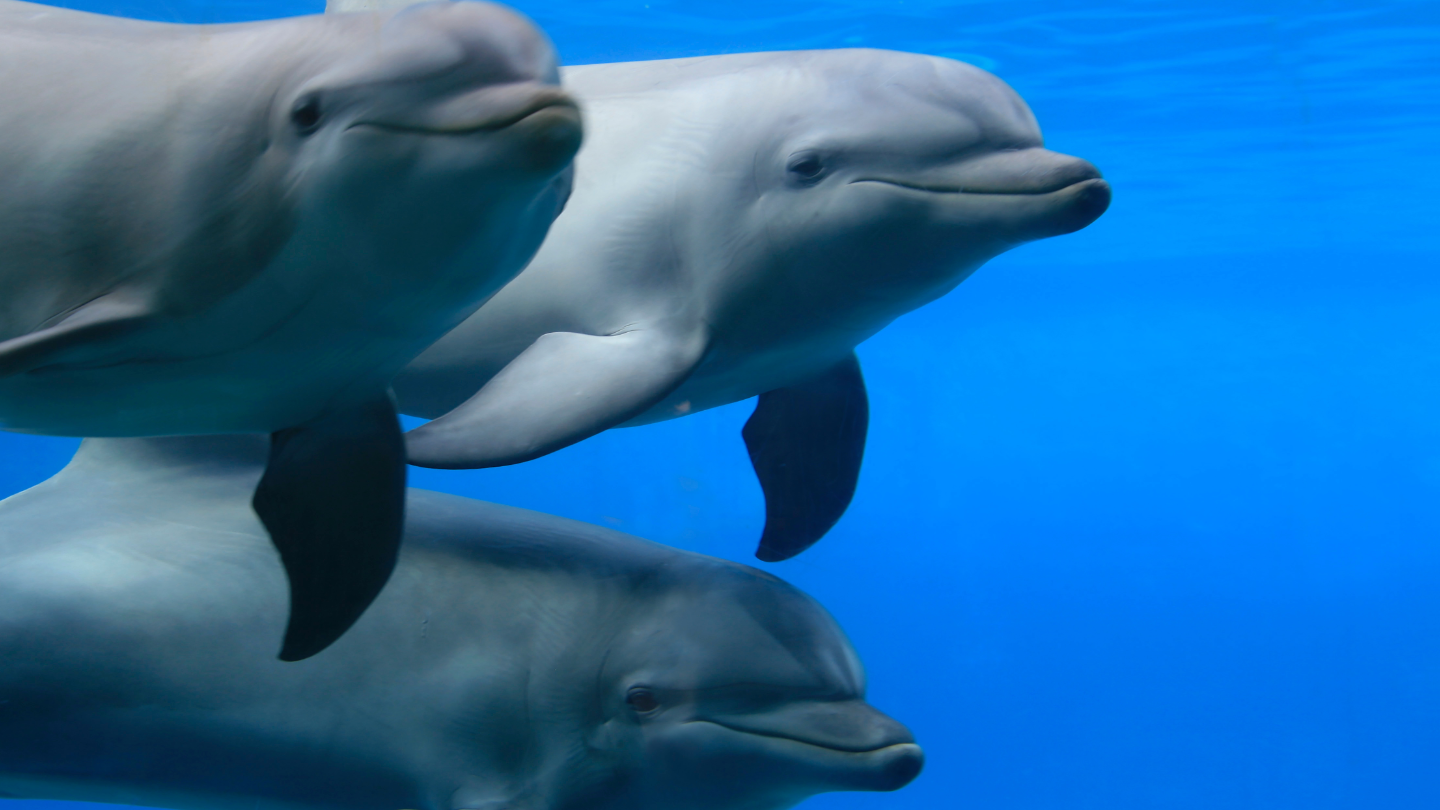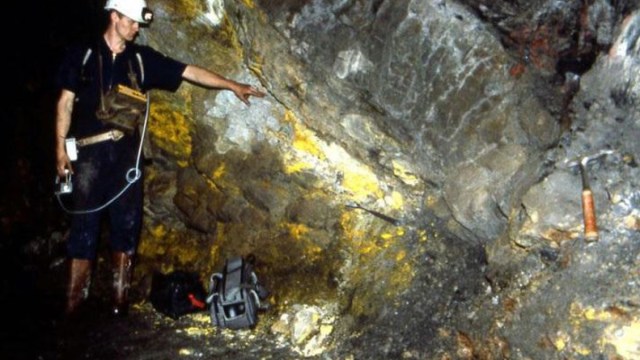U.S. Navy’s trained dolphins put underwater drones to shame

- For over 60 years, the U.S. Navy has trained dolphins to perform various military-related tasks. There are currently about 70 dolphins in the Marine Mammal Program.
- The dolphins conduct surveillance, defend against enemy swimmers, and locate underwater mines, among other tasks.
- It’s likely that dolphins will continue to remain in the Navy for the foreseeable future, as current technology doesn’t come close to matching their remarkable abilities.
For more than 60 years, the U.S. Navy has trained bottlenose dolphins to perform various military-related tasks.
Details of the Marine Mammal Program were scarce until the early 1990s, when it was finally declassified. We now know that it is based in San Diego and currently utilizes about 70 dolphins. The marine mammals are trained very similarly to how dogs are trained, with positive reinforcement. Dolphins are rewarded with treats and praise for completing gradually more complex tasks.
Dolphins are remarkably intelligent creatures, with the most sophisticated sonar known to science. They send out focused, high-frequency clicking and buzzing sounds that bounce off objects. The returning sound waves can then be picked up by the dolphins’ inner ears, generating information that’s transmitted to the brain and interpreted. With sonar, dolphins can essentially “see” across sizable distances underwater, even in murky visibility. Couple this superpower with their speed and agility, and it’s easy to see why the Navy thought they would make great companions.
Here are five things that Navy dolphins do:
1. Underwater surveillance. The dolphins can be outfitted with cameras to scope out enemy submersibles or check out underwater defenses around coastal installations.
2. Recovering lost objects. Important military or civilian equipment is occasionally lost on the ocean floor. Dolphins are trained to find and mark that equipment so it can be recovered, provided it’s not too deep. The Navy has also trained sea lions to complete this task.
3. Scientific research. Scientists from the Marine Mammal Program have published more than 1,500 academic papers focusing on dolphins’ “health, physiology, sensory systems, and behavior.” Navy dolphins may be the most researched group of cetaceans of all time.
4. Defending against enemy swimmers. Dolphins are trained to patrol certain areas, particularly at night, and watch for any trespassing swimmer. In the 1970s, they guarded U.S. military boats at Cam Ranh Bay in Vietnam. During the 1980s, some were sent to the Persian Gulf to defend U.S. Navy vessels docked in Bahrain. Since 2010, a group has patrolled the harbor of U.S. Naval Base Kitsap in Bangor, Washington, where about one quarter of the United States’ nuclear warheads are stored.
When Navy dolphins encounter a swimmer while on duty, they are trained to first notify their handler, then return to the swimmer with a tagging device so the trespasser can be located and apprehended.
5. Seeking out and tagging underwater mines. This may be the role to which Navy dolphins are best suited. They are trained to find objects that resemble either floating or buried mines, then to return to their handler and touch a disk or ball with their nose. The handler then gives the dolphin a weighted buoy or an acoustic transponder to take back to the potential mine and mark its location. Human divers subsequently return to confirm the mine’s presence and disarm it.
In 2003, during the Iraq War, a team of nine U.S. Navy dolphins reportedly helped to locate more than 100 mines and booby traps at the port of Umm Qasr, allowing it to reopen to naval traffic after just a week.
But is this ethical?
The Marine Mammal Program has been criticized as unethical. A common critique is that many of these dolphins have been plucked from the wild and subjugated for military purposes. None of these intelligent creatures actually consented to be put in harm’s way. Moreover, critics contend that the dolphins are kept in unnatural, unhealthy living conditions, and are likely stressed out as a result.
In an interview with Hakai Magazine in 2019, Mike Rothe, director of the program, disagreed, stating that the animals have excellent medical care and living conditions, perhaps the best of any captive dolphin in the world.
“We are close to the animals, and we take care of them and love them,” he said. “They work with us in the open sea where they could easily swim away. They like their jobs.”
Navy officials have been looking to one day replace dolphins with underwater drones, but note that current technology simply doesn’t come close to matching their abilities.





